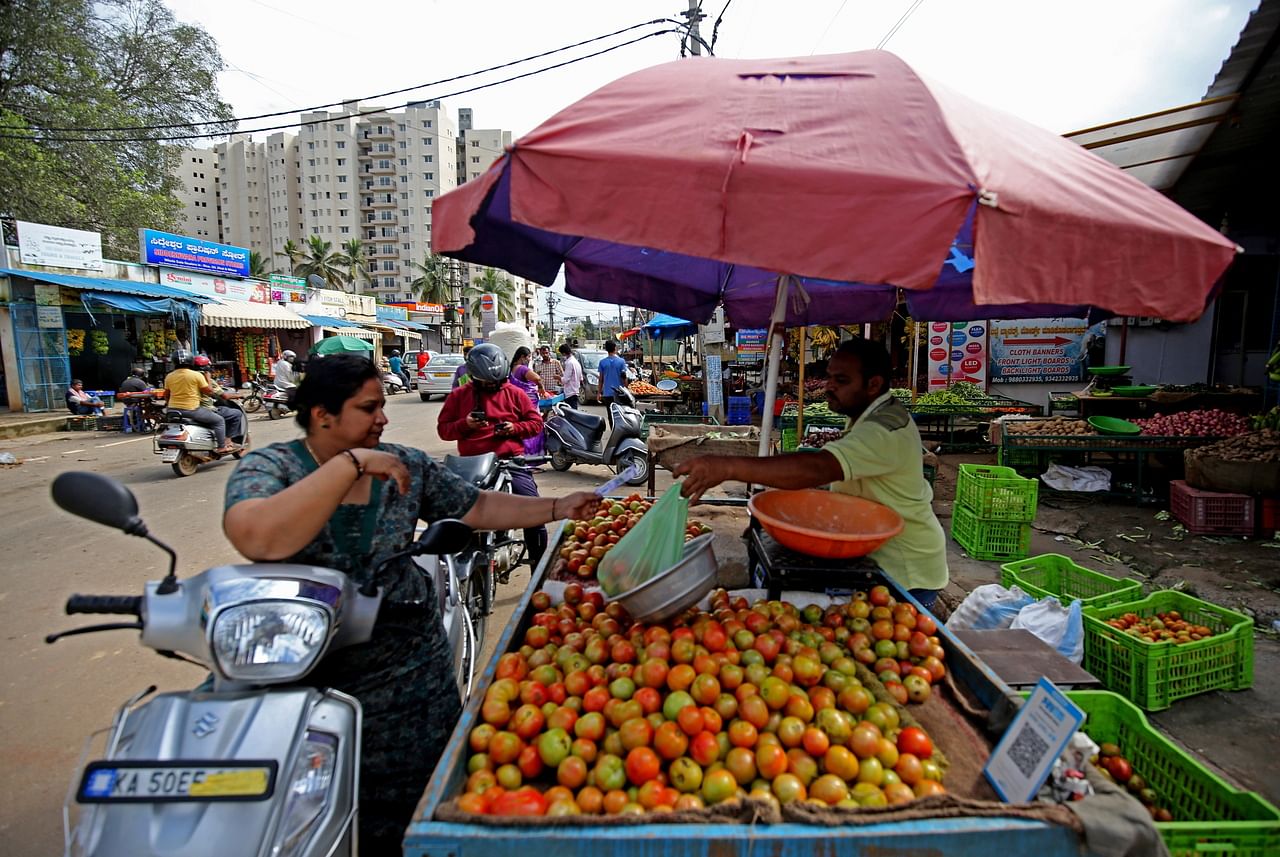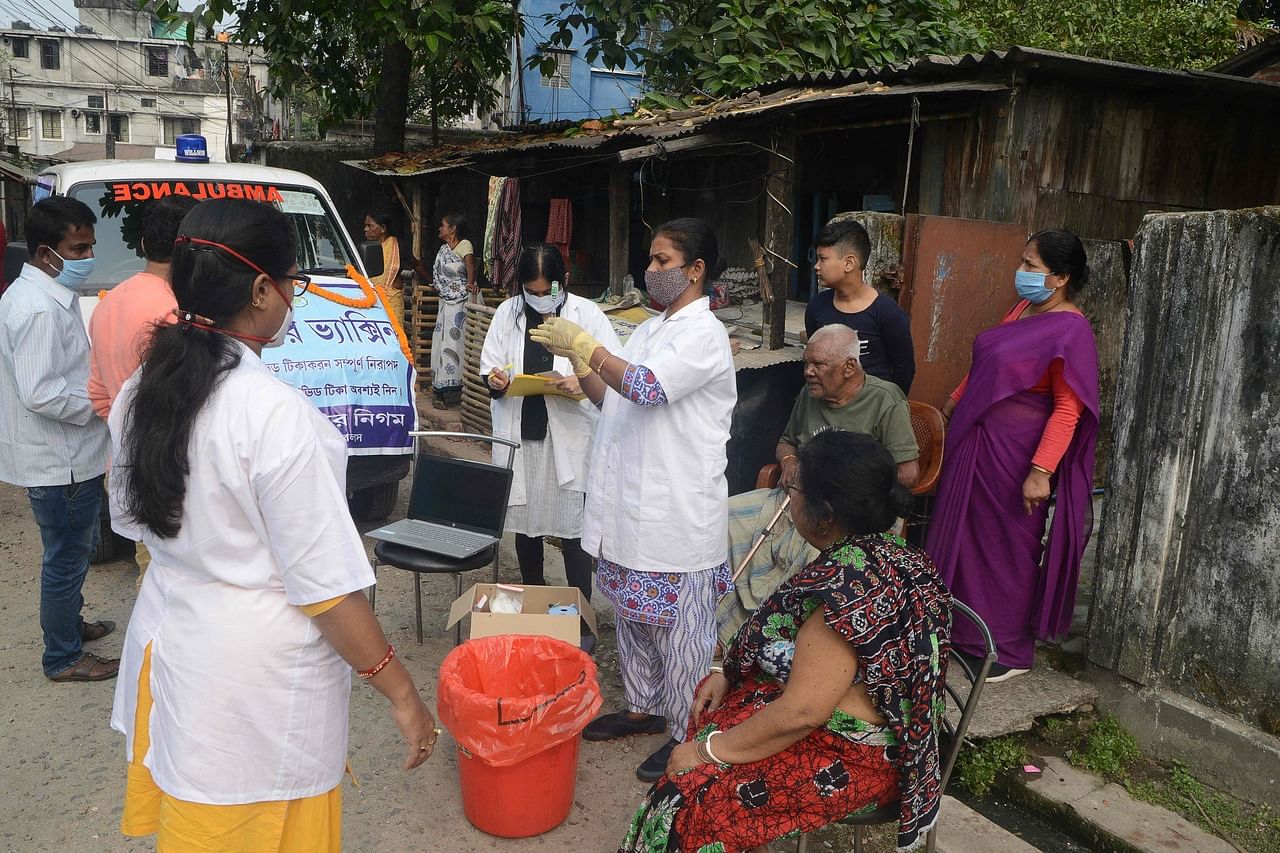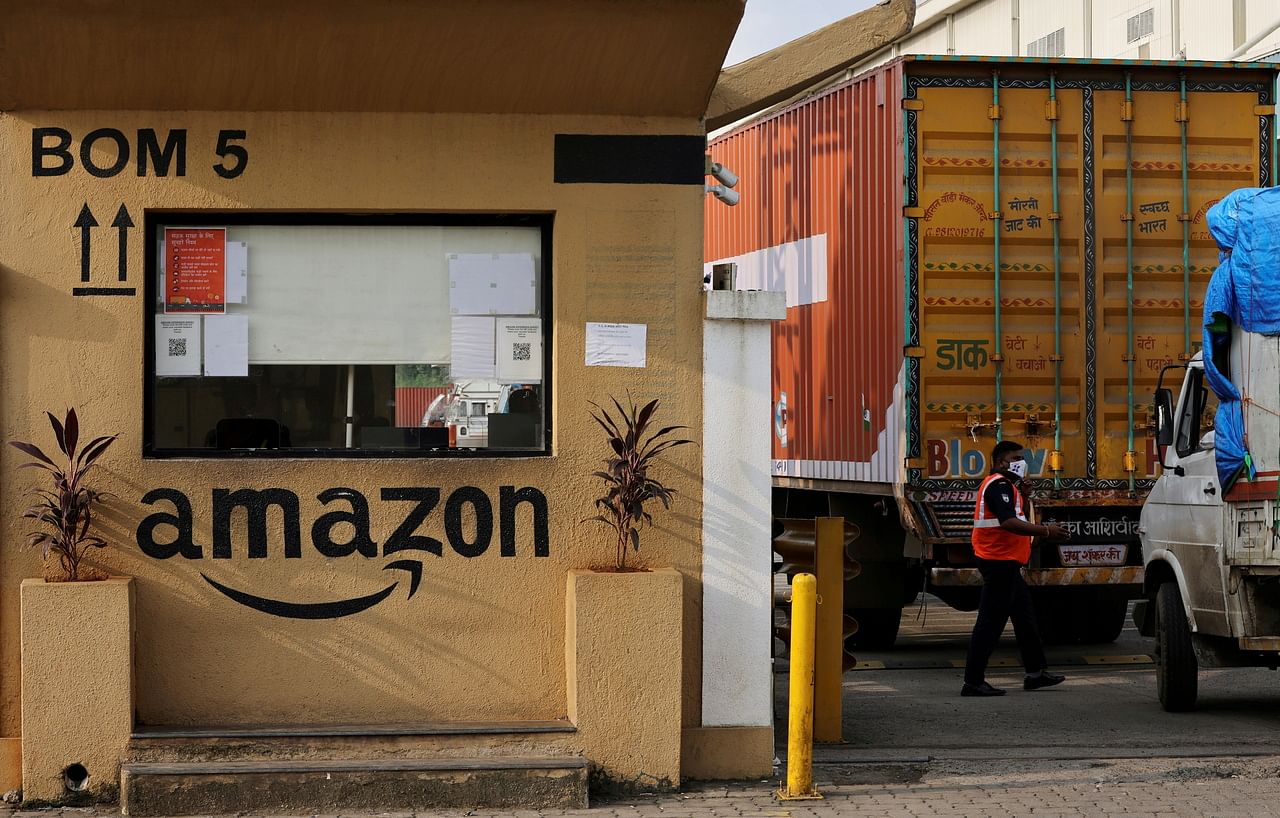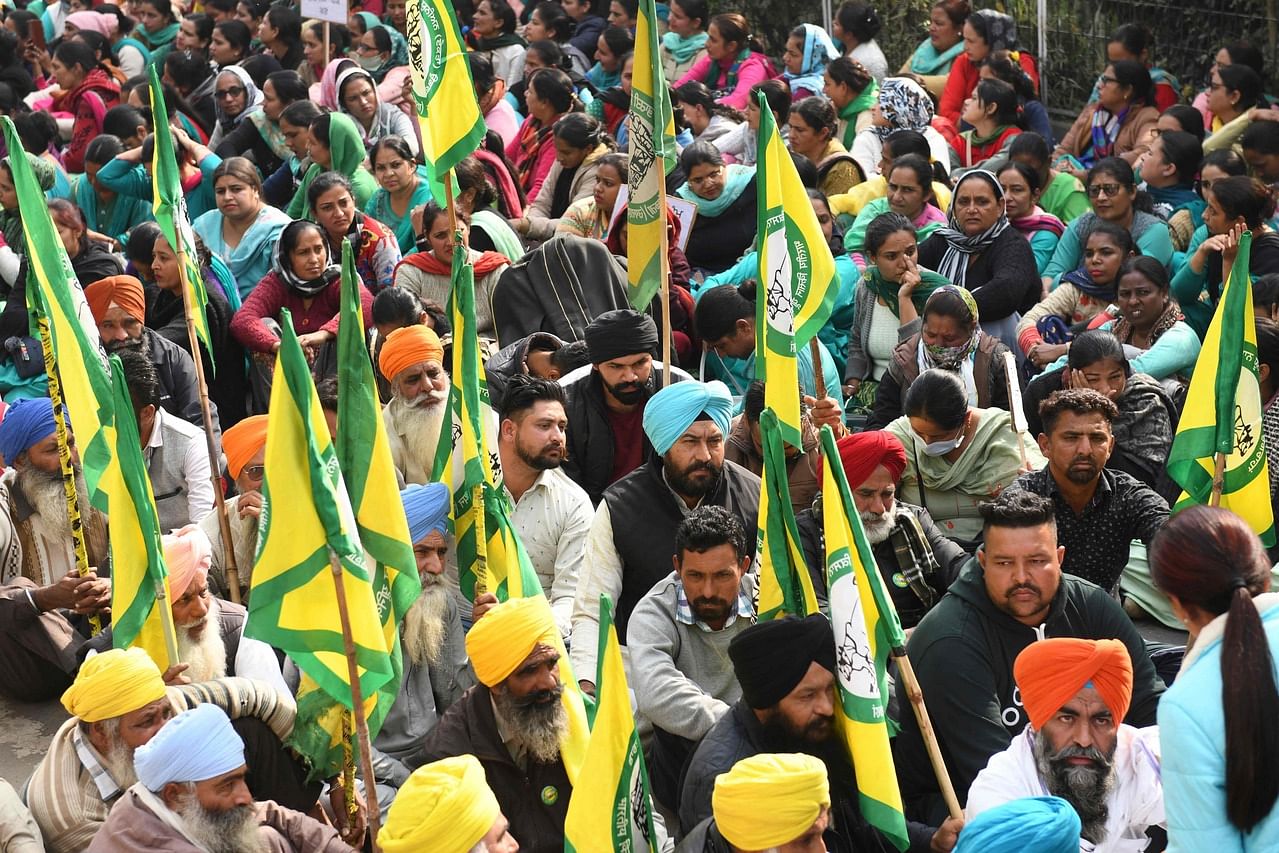Indian PM Modi looks set for populist policies with two years to go until election day
NEW DELHI (BLOOMBERG) – Indian Prime Minister Narendra Modi’s repeal of controversial farm laws this week shows that hard-to-sell economic reforms will likely take a back seat as he enters the second half of his five-year term and prepares for the next election in 2024.
With a string of state polls next year, the government appears set to implement populist policies as Mr Modi looks to secure a third term, which would make him India’s longest-serving head of government after Jawaharlal Nehru and Indira Gandhi.
“The rollback of the farm reform shows that there are limits as to how far the Modi government can push ahead with reforms despite its strong majority in Parliament,” said Mr Shumita Deveshwar, senior director of India research at TS Lombard.
“It clearly wants to preserve its political capital.”
Here’s what the Modi government will contend with before 2024:
The first is ease of doing business.
While corporate taxes in India are among the lowest in Asia thanks to Mr Modi, he still needs to contend with investors staying away due to creaky infrastructure and red tape. Of the 1,680 major infrastructure projects that range from highways and railroads to power plants, about a third are delayed, with cost overruns of about 20 per cent, according to government data up to October this year.
About 75 per cent of companies operating in the country said they lost business opportunities because they missed out on at least one element of India’s complex compliance regulations, according to a survey published in March this year.
Giants like General Motors have taken a US$1.1 billion (S$1.5 billion) hit in losses and are struggling to fully exit due to political and legal woes.
The next area is to meet economic targets.
Mr Modi will need to focus on narrowing the budget gap at 6.8 per cent of gross domestic product after an expansionary fiscal policy to boost growth in the pandemic-battered economy.
Inflation is also a concern as higher costs eat into company margins and pinch consumers.
While India is rebounding at the quickest pace among major economies this year, Mr Modi will need to focus on improving the tax-to-GDP ratio and job creation to keep growth sustainable. This means expanding manufacturing bases in India where 10 million people enter the market each year.
The next factor is geopolitics.
With Pakistan relations in a deep freeze and Afghanistan in the hands of the Taliban, India’s ability to influence the region appears to be limited.
China has emerged as India’s biggest threat, putting pressure on Mr Modi to ensure the long-simmering border dispute is resolved in a manner that doesn’t hurt his or India’s image.
It might help ease some tensions if Mr Modi met China’s President Xi Jinping, given the two leaders last had a face-to-face meeting in 2019. Since then, India has drawn closer to the Quad grouping that also includes the United States, Japan and Australia, with New Delhi emerging as a major counterpoint to Beijing’s ambitions in the Indo-Pacific.
There are also vaccines and climate change to deal with.
Mr Modi’s administration has restarted vaccine exports in the last two months and will continue to use this as a key plank of foreign policy during the spread of Omicron.
India wants to burnish its credentials as a pharmacy to the world after a second wave of infections overwhelmed hospitals and forced the country to halt vaccine shipments.
On the issue of climate, the prime minister, who has embraced a 2070 net-zero target, will also need to push India’s coal-dependent economy to make the switch to eco-friendly power sources via legislation and budget allocations.
To do that, he’ll need to convince India’s allies in the West to share technologies for this transition.
He also has to deal with trade ties.
After years of criticising free trade agreements to keep its vote bank of small traders and farmers happy, Mr Modi’s government is going out all out for quick-hit bilateral pacts with countries including the US and Australia rather than wide-ranging trade pacts with several countries.
Aside from shoring up a pandemic-battered economy, these pacts could help build its influence and help lure investors to shift supply chains away from China.
At the same time, Mr Modi has called for self-reliance after the pandemic wreaked havoc on India’s limited manufacturing.
Protectionist tendencies may emerge in the e-commerce sector, where Amazon and Walmart-owned Flipkart contend with hurdles such a proposed ban on flash sales or ensuring that user data emanating from India is for local entities first.
Next, he has to handle the domestic agenda.
Mr Modi is still keen to win over farmers, even though he’ll be hard-pressed to meet demands to guarantee crop prices due to inflation risks and a ballooning budget deficit. Their support is crucial given the agricultural heartlands of Uttar Pradesh and Punjab are due for elections next year.
Investor-friendly labour reforms such as imposing restrictions on trade unions and making it easier to hire and fire workers may take a backseat.
Those reforms have already been delayed and Mr Modi’s government is likely to push initiatives that help meet goals to double farmers incomes while ensuring affordable housing and drinking water for all.
Finally there is Hindu nationalism.
The Hindu nationalist agenda of Mr Modi’s Bharatiya Janata Party is expected to feature strongly ahead of polls.
Mr Modi will focus on the ongoing construction of a grand Hindu temple in Ayodhaya where a 16th century mosque once stood. Citizenship and population control laws that critics say will discriminate against Muslims could come into play in the remainder of Mr Modi’s term, although there are still scant details on enforcement.
He may also push for a uniform civil code for all religions, which some opponents say will erode the independence of religious minorities, particularly the Muslims, on matters pertaining to marriage, divorce and inheritance.
Join ST’s Telegram channel here and get the latest breaking news delivered to you.
Source: Read Full Article






